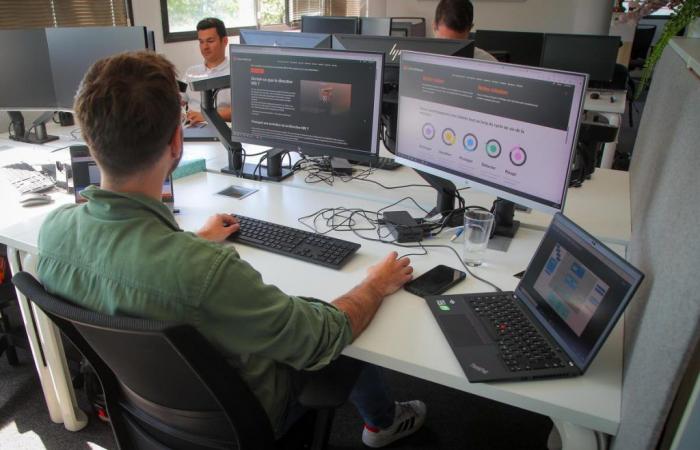1 Users aware but still many who say they are victims
The national platform dedicated to cybersecurity, which collected 280,000 requests for assistance last year, identifies 51 different forms of cybercrime. Suffice to say that it is almost impossible for a connected person to completely escape an attack in their digital uses. According to the study carried out by Ipsos Digital, the majority consider themselves sufficiently aware of the risks of the Internet. However, 61% of them say they have experienced some form of cybercrime in the last twelve months. “Adopting good practices is not enough,” notes Jean-Jacques Latour, director of expertise at cybermalveillance.gouv.fr. You also need to be informed. If we know about the scam with the fake bank advisor who calls to ask you to carry out transactions on your account and recover your access, we will not be fooled. »
2 The most affected are not those we think
Contrary to popular belief, those most affected by cyberattacks are not the oldest. The study shows that cyberattacks mainly concern young people. “Logically, the more we are connected, the more we are affected,” comments Jean-Jacques Latour. This is even more true for cyberbullying. The phenomenon concerns 22% of 18-34 year olds. This mainly happens on social networks or on online gaming platforms, we see it through the testimonies we collect. »
3 More frequent threats with psychological consequences
The main threat encountered by users remains phishing. “This does not represent an attack in itself,” specifies Jean-Jacques Latour. But it is above all an attack vector. Receiving an SMS for a fake package isn’t dangerous, it’s what you do with it afterwards. If you click on the link and give your contact details. » Account takeover is the second most common attack. A criminal who manages to break into a mailbox can come across a copy of a RIB that has been sent and can use the data to usurp the identity of the victim. These threats are not without consequences: 24% of those questioned say they have suffered psychological disturbances following an attack. “For some people, social media is the equivalent of a diary. They can panic knowing that their whole life is exposed,” underlines the platform’s director of expertise.
4 Good practices to adopt
Cybermalveillance.gouv.fr reminds us that it is essential to have complex and different passwords for each use. Mission almost impossible for most people – that would mean retaining at least thirty. Fortunately today there are tools like password managers or safes that allow the system to take care of it instead of the user. But “education remains decisive because the threat is constantly evolving,” says Jean-Jacques Latour.






